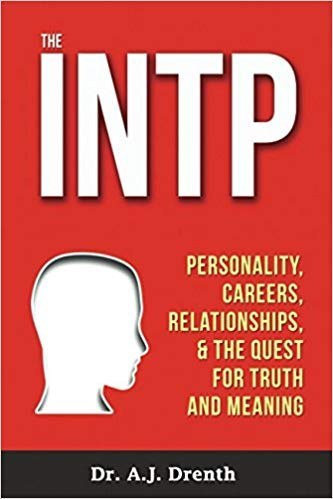
TheINTP
[ 心理 ]
1
0
推荐者:百科书库 2023-03-31 09:27:01
本书简介
- 作者:Dr.A.J.Drenth
- 副标题:Personality,Careers,Relationships,
ter7,asitdelvesintoINTPs’approachtowarddatingandromanticrelationships.Thisincludesexaminations ofINTPs’preferencesandtendenciesinpartners,theirchallengesincommunication,theirapproachestobeinginthemoment, andtheirstruggleswithemotionalexpression.Chapter9addressesINTPs’self-developmentandofferspracticaladviceonhowtocultivatetheirstrengths,manage theirweaknesses,andgrowbeyondboundaries.ThischapteralsocoversINTPs’questioningattitudestowardlifeandwaystheycanuseittopositivelyimpacttheworld.Chapter10summarizesthebookandprovidestipsonhowINTPscanliveafulfillinglifeinthe21stcentury.
INTPs are the most philosophical of all types. They love contemplating life and considering the broader ways things are interconnected. They are also concerned with the perennial question of “how to live.” They loathe the idea of a mediocre life and have a deep sense that they should be doing something important. But in order to know what that entails, they feel they must first know themselves; self-knowledge must precede action. Unfortunately, pinning down who they are is rarely as easy as it might seem. It can take years, even decades, for INTPs to find themselves. And as much as they’d like to, they can’t put their lives on hold while they figure themselves out. Hence, they may at times feel forced to make unwanted compromises in their careers or relationships.
Despite these challenges, INTPs can and do progress in their quest. And this book can aid and expedite that process. Through the structured lens of personality typology, it reveals the deeper sources of their struggles and dilemmas, as well as potential solutions. If you’re looking for a clear, honest, and penetrating analysis of the INTP, this book is for you.
Chapter 1 contains a general overview, as well as a function-by-function analysis, of the INTP personality type, including a look at the tug-of-war between the INTP’s dominant (Ti) and inferior (Fe) function. Chapter 2 examines INTPs’ typical course of growth and development across the lifespan. Chapter 3 explores the “negative potentials” of the INTP personality type. This includes a careful look at the INTP’s “dark side,” as well as the degree to which INTPs are prone to various psychological problems such as depression, ADD, autism/Asperger’s, narcissism, etc.
Chapter 4 tackles one of the INTP’s most poignant and recurrent concerns—their quest for truth and meaning. Chapter 5 examines INTPs’ political, religious, and philosophical propensities. This includes analyses of the relative contributions of each of the INTP’s four functions to the ways in which they see and understand the world. Chapter 6 dives deeply into some of INTPs’ most pressing career concerns. This includes addressing issues such as the degree to which they should focus on the intrinsic versus extrinsic value of their work, the pluses and minuses of working independently, the potential merits of a day job, creative versus analytical careers, etc. This chapter also enumerates the INTP’s most common career strengths and interest areas, drawing on the six “RIASEC” interest themes developed by John Holland. Furthermore, it examines the relative merits of specific careers and majors—the hard sciences, social/moral sciences, computers/IT, freelancing, scholarship, medicine, psychology, etc.—in light of the INTP’s personality, skills, values, and interests.
Chapter 7 explores the ways INTPs think and function with respect to relationships, including their unconscious motivations. It also discusses relationships as a forum for learning and experimentation, the danger of concealing negative thoughts and assumptions, INTP communication issues, Ti-Fe identity issues, and INTP attitudes toward family and parenting. Chapter 8 might be viewed as an extension of Chapter 7, as it delves into INTPs’ approach toward dating and romantic relationships. This includes examinations of INTPs’ preferences and tendencies in partners, their challenges in communication, their approaches to being in the moment, and their struggles with emotional expression.
Chapter 9 addresses INTPs’ self-development and offers practical advice on how to cultivate their strengths, manage their weaknesses, and grow beyond boundaries. This chapter also covers INTPs’ questioning attitudes toward life and ways they can use it to positively impact the world.
Chapter 10 summarizes the book and provides tips on how INTPs can live a fulfilling life in the 21st century.
作者简介
A.J.istheprincipalvisionaryandfoundingfatherofPersonalityJunkie®,whichheconceivedin2009withtheaimofexploringthetheoreticalunderpinningsofpsychologicaltypeandrelatedareasofpersonalitystudy.HisresearchhasprimarilyinvolvedJungian/Myers-Briggs®typology,whileremainingconversantwiththeEnneagramandBigFivemodelsaswell.A.J.hasautho...
相关推荐
成熟过程与促进性环境
《成熟过程与促进性环境:情绪发展理论的研究》是英国精神分析学家温尼科特的经典代表作。书中聚集了温尼科特关于情绪发展理论及其临床应用的23篇研究论文,一共分为两个主题。一个主题是关于人类个体情绪发展的8 温尼科特 2023-03-31 08:56:19内向也是一种优势
在很多人眼中,外向者表达能力强,更容易与人相处,因此给人留下自信的印象。相反,内向似乎已成为一个人格缺陷的代名词。本书旨在从性格分类开始,帮助人们客观认知和对待不同性格类型的人,并着重分析内向者十个潜 [德]西尔维娅·吕肯 2023-03-31 10:59:59寻求灵魂的现代人
为什么即使我们得到了心仪的东西,内心仍感空虚?为什么即使在人群热闹的城市中,我们仍感孤独到想放弃生命?为什么停下来后,我们感受到无尽的无意义感和对存在本身的焦虑?本书所集中探讨的是“无意义的灵魂”,这 [瑞士]荣格(C.G.Jung) 2023-03-31 08:57:03国王武士祭司诗人
这本书名为《国王、武士、祭司、诗人:从男孩到男人,男性心智进阶手册》,是荣格心理学派最广为人知和畅销的著作之一。它全面阐述了如何为成熟、真实、生生不息的男性阳刚气质打下心理基础。通过阅读本书,特别是男 [美]罗伯特·摩尔/[美]道格拉斯·吉列 2023-03-31 08:57:33人心:善恶天性
本书共分为六部分。第一部分分析了“人是狼”和“人是羊”两种观点的论据,指出我们对于狼和羊的假设是站不住脚的。认为每个人都有行善和作恶两种潜能,并且在自己选定的方向上不断发展。第二部分按照病理程度依次论 [美]埃里希•弗洛姆 2023-03-31 11:01:11© 2023-2025 百科书库. All Rights Reserved.


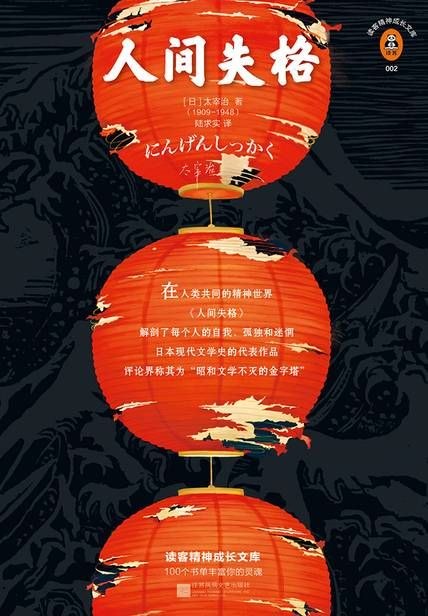
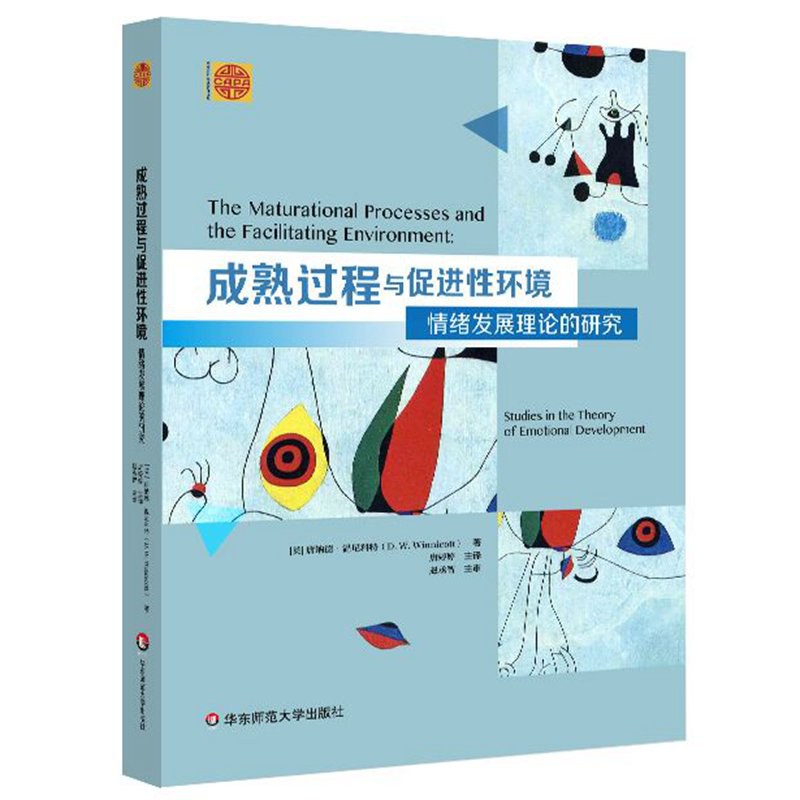

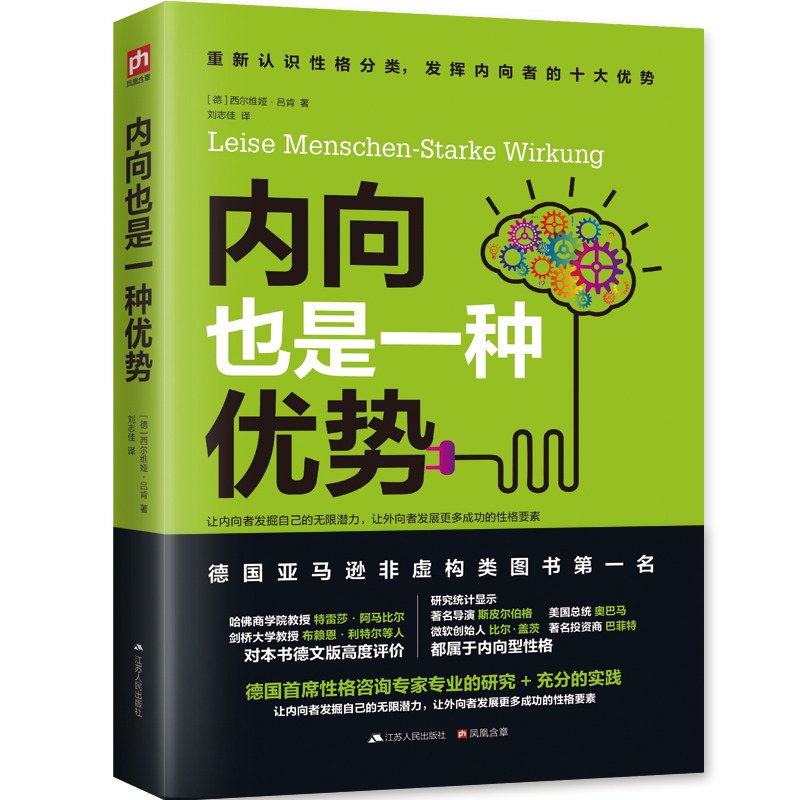
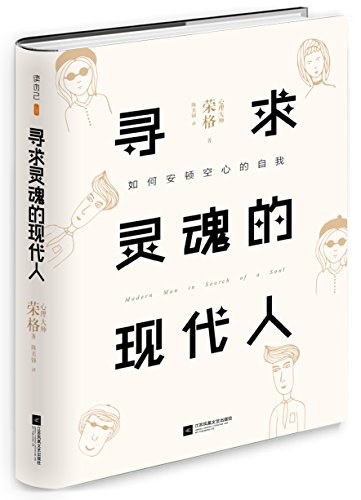
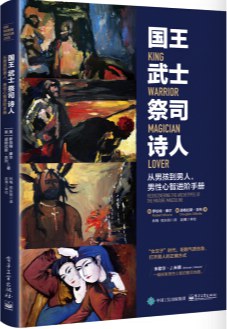
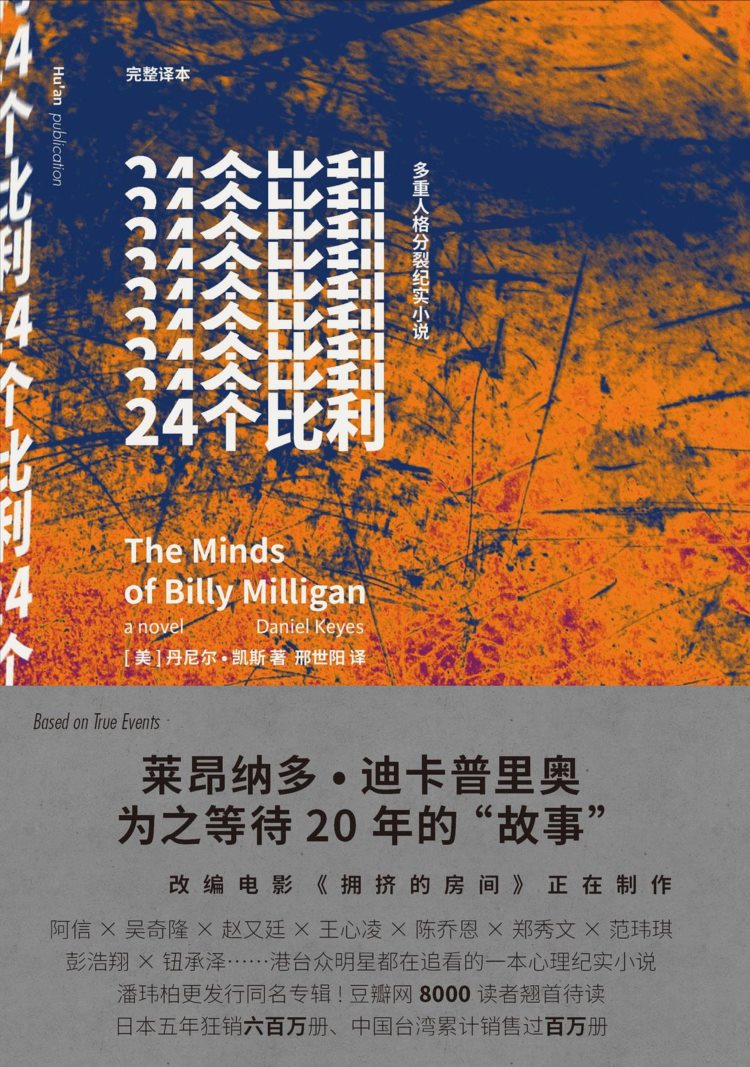
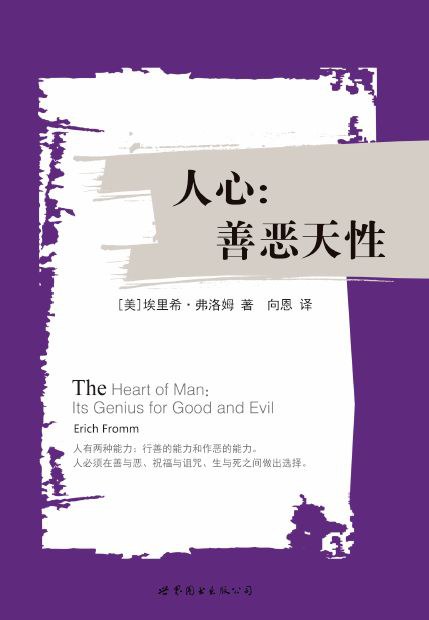

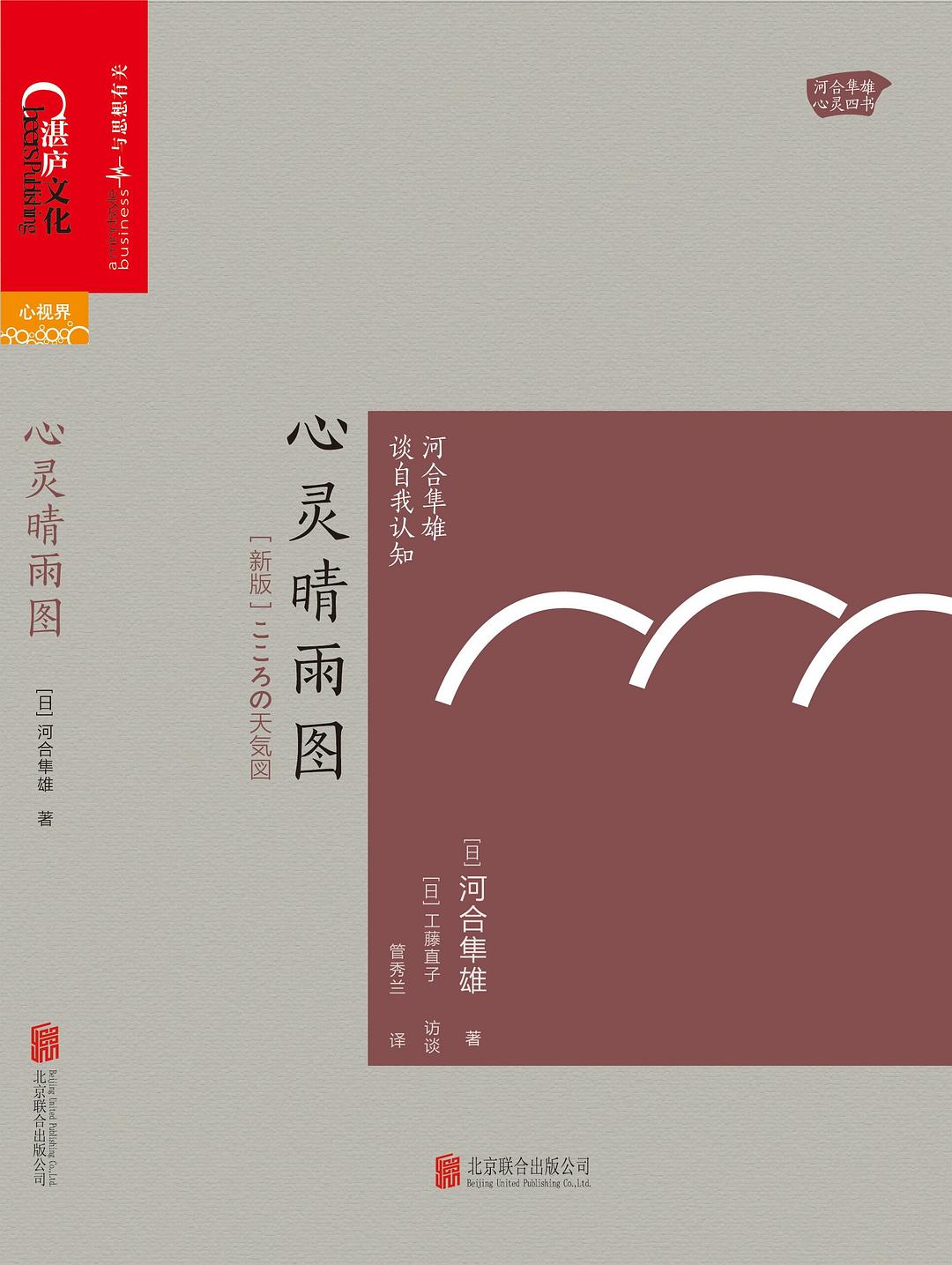
发表评价